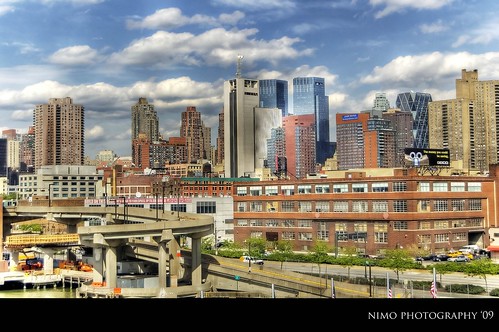New York has architecturally significant buildings in a wide range of styles. These include the Woolworth Building (1913), an early gothic revivalskyscraper built with massively scaled gothic detailing able to be read from street level several hundred feet below. The 1916 Zoning Resolutionrequired setback in new buildings, and restricted towers to a percentage of the lot size, to allow sunlight to reach the streets below. The Art Decodesign of the Chrysler Building (1930), with its tapered top and steel spire, reflected the zoning requirements. The building is considered by many historians and architects to be New York's finest, with its distinctive ornamentation such as replicas of the 1928 Chrysler eagle hood ornaments and V-shaped lighting inserts capped by a steel spire at the tower's crown. A highly influential example of the international style in the United States is the Seagram Building (1957), distinctive for its facade using visible bronze-toned I-beams to evoke the building's structure. The Condé Nast Building(2000) is an important example of green design in American skyscrapers.
The character of New York's large residential districts is often defined by the elegant brownstone rowhouses, townhouses, and shabby tenementsthat were built during a period of rapid expansion from 1870 to 1930. Stone and brick became the city's building materials of choice after the construction of wood-frame houses was limited in the aftermath of the Great Fire of 1835. Unlike Paris, which for centuries was built from its own limestone bedrock, New York has always drawn its building stone from a far-flung network of quarries and its stone buildings have a variety of textures and hues. A distinctive feature of many of the city's buildings is the presence of wooden roof-mounted water towers. In the 1800s, the city required their installation on buildings higher than six stories to prevent the need for excessively high water pressures at lower elevations, which could burst municipal water pipes. Garden apartments became popular during the 1920s in outlying areas, including Jackson Heights in Queens, which became more accessible with expansion of the subway.
"A journey of a thousand miles must begin with a single step." -- Lao Tzu
Copyright © Demetrios the Traveler


No comments:
Post a Comment